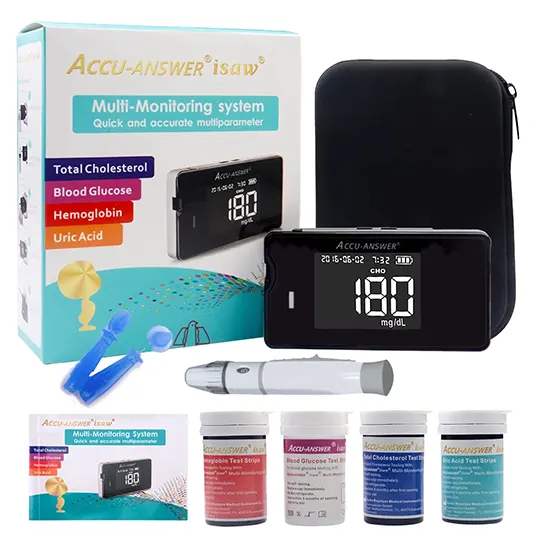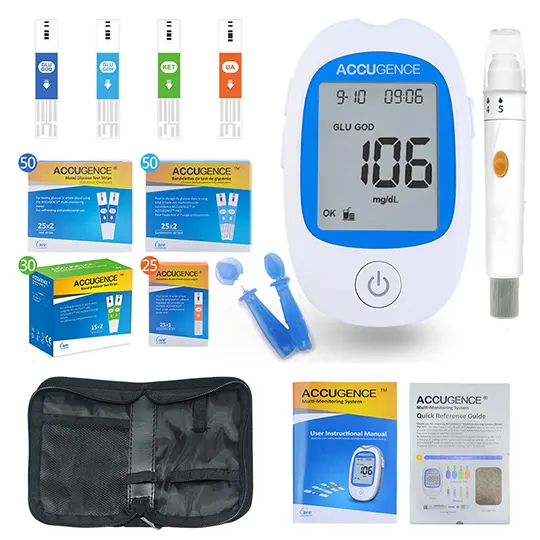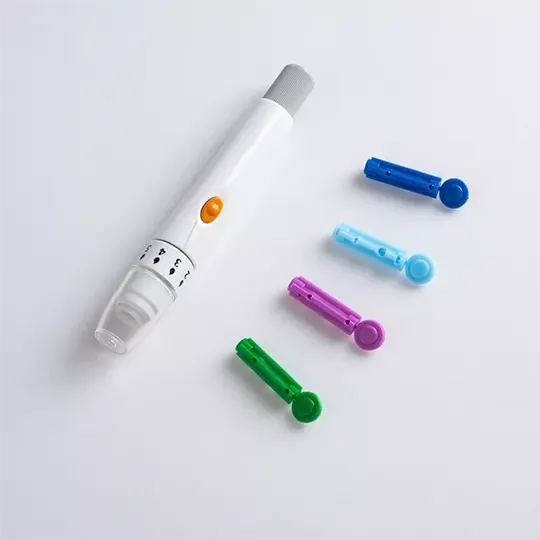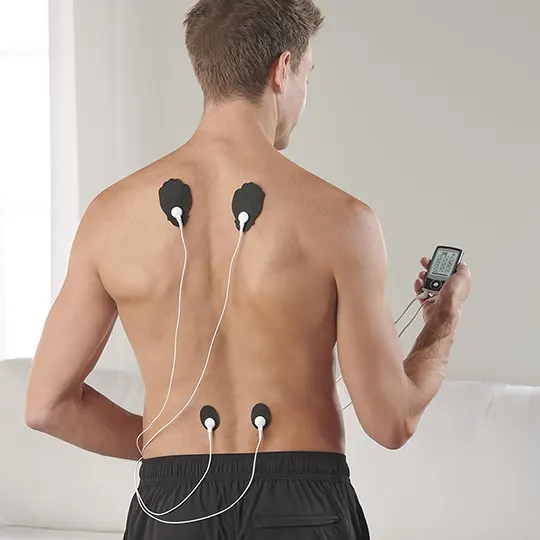Fenbid 5% Gel
Active ingredient: ibuprofen
- 1. Name of the medicinal product
- 2. Qualitative and quantitative composition
- 3. Pharmaceutical form
- 4. Clinical particulars
- 4.1 Therapeutic indications
- 4.2 Posology and method of administration
- 4.3 Contraindications
- 4.4 Special warnings and precautions for use
- 4.5 Interaction with other medicinal products and other forms of interaction
- 4.6 Fertility, pregnancy and lactation
- 4.7 Effects on ability to drive and use machines
- 4.8 Undesirable effects
- 4.9 Overdose
- 5. Pharmacological properties
- 5.1 Pharmacodynamic properties
- 5.2 Pharmacokinetic properties
- 5.3 Preclinical safety data
- 6. Pharmaceutical particulars
- 6.1 List of excipients
- 6.2 Incompatibilities
- 6.3 Shelf life
- 6.4 Special precautions for storage
- 6.5 Nature and contents of container
- 6.6 Special precautions for disposal and other handling
- 7. Marketing authorisation holder
- 8. Marketing authorisation number(s)
- 9. Date of first authorisation/renewal of the authorisation
- 10. Date of revision of the text
1. Name of the medicinal product
Fenbid 5 %w/w gel,
Phorpain 5 %w/w Gel
2. Qualitative and quantitative composition
5% w/w Ibuprofen Ph.Eur.
Excipient(s) with known effects
Each 100mg of gel contains 1mg of Benzyl alcohol
For the full list of excipients, see section 6.1
3. Pharmaceutical form
A clear or slightly opalescent, colorless or almost colorless gel.
4. Clinical particulars
4.1 Therapeutic indications
Topical analgesic and anti-inflammatory for backache, pain of non-serious arthritic conditions, muscular pain, sprains, strains, sports injuries and neuralgia.
4.2 Posology and method of administration
Strength 5% maximum
Method of Administration
For topical application to the skin.
Dosage
Adults, the elderly and children over 12 years: Squeeze 50 to 125mg (4 to 10cm) of the gel from the tube and lightly rub into the affected area until absorbed. The dose should not be repeated more frequently than every four hours and no more than 4 times in any 24 hour period. Wash hands after each application. Do not exceed the stated dose. Review treatment after 2 weeks, especially if the symptoms worsen or persist.
Children under 12 years: Do not use on children under 12 years of age except on the advice of a doctor.
4.3 Contraindications
Hypersensitivity to any of the constituents. Hypersensitivity to aspirin, or other non-steroidal anti-inflammatory drugs, asthma, rhinitis or urticaria. Not to be used on broken or damaged skin.
4.4 Special warnings and precautions for use
Apply with gentle massage only. Avoid contact with eyes, mucous membranes and inflamed or broken skin.
Discontinue if rash develops.
Hands should be washed immediately after use.
Not for use with occlusive dressings.
The label will state:
Do not exceed stated dose
Keep out of reach of children
For external use only.
If symptoms persist consult your doctor or pharmacist
Do not use if you are allergic to Ibuprofen or any of the ingredients, aspirin, or any other painkillers.
Consult your doctor or pharmacist before use if:
-you are taking aspirin or any other pain relieving medication
-you are pregnant
Not recommended for children under 12 years
Oral NSAIDs, including ibuprofen, can sometimes be associated with renal impairment, aggravation of active peptic ulcers, and can induce allergic bronchial reactions in susceptible asthmatic patients. Although the systemic absorption of topically applied ibuprofen is less than for oral dosage forms, these complications can occur in rare cases. For these reasons, patients with an active peptic ulcer, a history of kidney problems or asthma should seek medical advice before using Ibuprofen gel as should patients already taking other painkillers.
Patients should seek medical advice if symptoms worsen or persist.
Patients should be advised against excessive exposure to sunlight of area treated in order to avoid possibility of photosensitivity.
Instruct patients not to smoke or go near naked flames - risk of severe burns. Fabric (clothing, bedding, dressings etc) that has been in contact with this product burns more easily and is a serious fire hazard. Washing clothing and bedding may reduce product build-up but not totally remove it.
This medicine contains 1.25 mg benzyl alcohol in each 125mg dose which is equivalent to 0.01mg/mg. Benzyl alcohol may cause allergic reactions.
4.5 Interaction with other medicinal products and other forms of interaction
Non-steroidal anti-inflammatory drugs may interact with blood pressure lowering drugs, and may possibly enhance the effects of anticoagulants, although the chance of either of these occurring with a topically administered preparation is extremely remote. Concurrent aspirin or other NSAIDS may result in an increased incidence of adverse reactions.
4.6 Fertility, pregnancy and lactation
Not to be used during pregnancy or lactation.
Pregnancy:
Although no teratogenic effects have been demonstrated, ibuprofen should be avoided during pregnancy. The onset of labour may be delayed and the duration of labour increased.
Lactation:
buprofen appears in breast milk in very low concentrations but is unlikely to affect breast fed infants adversely.
4.7 Effects on ability to drive and use machines
Not known.
4.8 Undesirable effects
Very rarely, susceptible patients may experience the following side effects with ibuprofen, but these are extremely uncommon when ibuprofen is administered topically. If they occur, treatment should be discontinued:
Hypersensitivity: Hypersensitivity reactions have been reported following treatment with ibuprofen. These may consist of (a) non-specific allergic reaction and anaphylaxis (b) respiratory tract reactivity comprising of asthma, aggravated asthma, brochospasm or dyspnoea, or (c) assorted skin disorders, including rashes of various types, pruritis, urticaria, purpura, angioedema and less commonly, bullous dermatoses (including epidermal necrolysis and erythema multiforme).
Gastro-intestinal: Side effects such as abdominal pain and dyspepsia have been reported.
Renal: Renal impairment can occur in patients with a history of kidney problems.
Reporting of side effects
Reporting suspected adverse reactions after authorisation of the medicinal product is important. It allows continued monitoring of the benefit/risk balance of the medicinal product. Healthcare professionals are asked to report any suspected adverse reactions via the Yellow Card Scheme at: www.mhra.gov.uk/yellowcard.
4.9 Overdose
Overdosage with a topical presentation of ibuprofen gel is unlikely.
Symptoms of severe ibuprofen overdosage (eg following accidental oral ingestion) include headache, vomiting, drowsiness and hypotension. Correction of severe electrolyte abnormalities should be considered.
5. Pharmacological properties
5.1 Pharmacodynamic properties
ATC code: M02A A13, Antiinflammatory preparations, non-steroids for topical use. The gel is for topical application. It contains the active ingredient, ibuprofen, a phenylpropionic acid derivative which exerts its anti-inflammatory and analgesic effects directly in inflamed tissues underlying the site of application, mainly by inhibiting prostaglandin biosynthesis. Because it is formulated in an aqueous/ alcoholic gel, the preparation also exerts a soothing and cooling effect when applied to the affected area
5.2 Pharmacokinetic properties
Specially formulated for external application, the active ingredient penetrates through the skin rapidly and extensively (approximately 22% of a finite dose within 48 hours), achieving high, therapeutically relevant local concentrations in underlying soft tissues, joints and the synovial fluid, whilst producing plasma levels that are unlikely to be sufficient to cause any systemic side-effects, other than in rare individuals who are hypersensitive to ibuprofen. Furthermore, there do not appear to be any appreciable differences between the oral and topical routes of administration regarding metabolism or excretion.
5.3 Preclinical safety data
There is no new data published on the active ingredient.
6. Pharmaceutical particulars
6.1 List of excipients
Ethylhydroxycellulose
Sodium Hydroxide
Benzyl alcohol I
sopropyl alcohol
Purified water
6.2 Incompatibilities
Not known.
6.3 Shelf life
36 months
6.4 Special precautions for storage
Store below 25° C.
6.5 Nature and contents of container
Aluminium tube with internal epoxy phenolic coating with Polpropylene cap containing 100g of Fenbid Gel.
6.6 Special precautions for disposal and other handling
None.
7. Marketing authorisation holder
Mercury Pharma Group Ltd
Capital House,
85 King William Street,
London
EC4N 7BL, UK
8. Marketing authorisation number
PL 10972/0091
9. Date of first authorisation/renewal of the authorisation
06/10/2015
10. Date of revision of the text
07/01/2020




